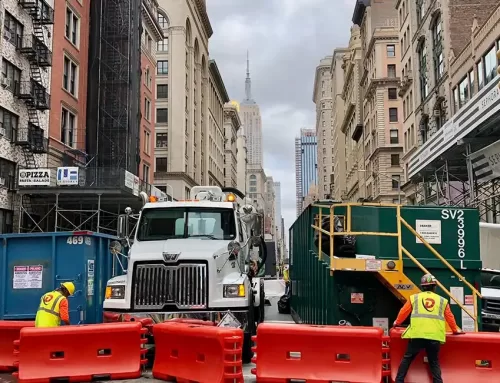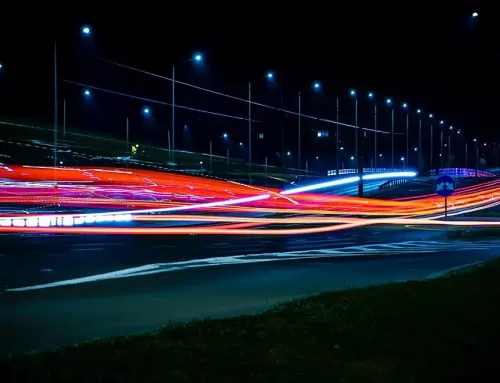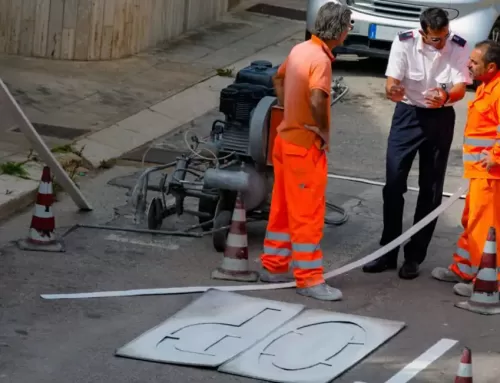What Do Factors of Reflective Sheeting Affect Its Performance?
If you are looking for the thickness of reflective sheeting to be used, you should be aware of a few factors that can impact the performance of your product. For example, the angle at which the light strikes the coated surface, the co-efficient of retroreflectivity, and the type of adhesive and liner the reflective material is laminated to will all have an impact.
Co-efficient of retro-reflectivity
Retroreflectivity, or RR, is the property of some materials that reflect incoming radiation back toward the incident direction. Although this is a useful property, retroreflective properties begin to dwindle the higher the incidence angle. Some researchers have used laboratory-based studies to determine the aforementioned property and the best way to measure it. Others have performed controlled field tests under a fixed lighting situation.
One of the best ways to gauge the RR property is through the use of a prism. This device can be made from a glass bead, a capsule, or an enclosed lens. Depending on the design, the reflection may vary in relation to climatic conditions.
Another illuminating method is to use an inverse design. The inverse design can provide a first look at the theoretical limits of retroreflective materials. Several studies have examined the MR properties of different surfaces in nine climatic regions.
The aforementioned inverse design can also lead to the development of high-performance envelope materials. These surfaces can collect useful irradiance during cold months and reflect unwelcome irradiance during warm ones.
Adhesive and liner requirements
Reflective sheeting is a material used to provide personal safety guarantees in poor sight environments. It is often used for highway signs, vehicle license plates, barricades, construction zone signs, helmet stickers, and railroad signs. A variety of different types and grades of reflective sheeting are available. These materials can be sold at various prices and may be customized to the needs of the user.
The adhesive and liner requirements for reflective sheeting are specific to the type of sheeting and its intended use. Whether you are purchasing sheeting for a construction site or highway sign, you should follow the standards set out in this document.
In general, sheeting should be a flat surface, free from cracks and burrs. It should be suitable for wet or dry performance, and its surface should facilitate cleaning and allow color processing. Sheeting should be supplied in 100-yard rolls. Rolls must be stored in a cool, dry place, and should not be exposed to extreme conditions.
Directional property
Reflective sheeting is made from a variety of materials. These include polymer, glass, and plastic. It is often used on road signs, railways, traffic signs, and vehicle license plates. It can also be used for barricades and helmet stickers.
Various kinds of retroreflective sheeting have different levels of retroreflectiveness and effective viewing angles. They also have varying lifespans. Some are made with pressure sensitive adhesives, such as the CRG 92000 series. This allows for easy color matching. To ensure accurate colors, color matching should be done in the dark and in reflected light.
In order to make sure that your reflective sheeting looks its best, you need to care for it properly. You should store it in a cool, dry place at a humidity of 30-50%. Store it in a roll and handle it lightly. Before handling it, check it for damage. Also, you should apply it within a year of purchasing it.





